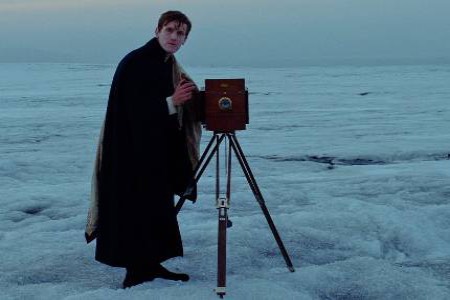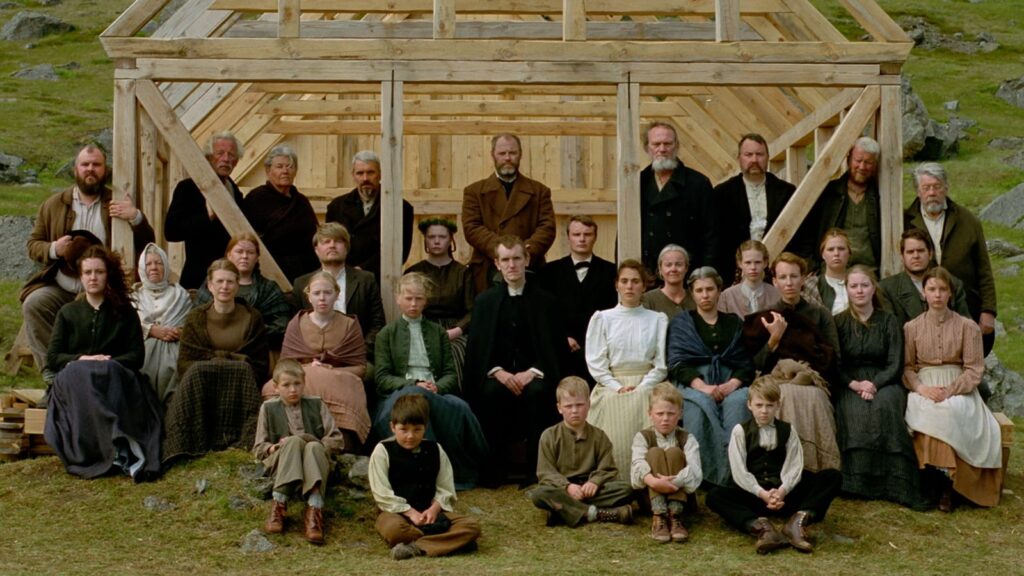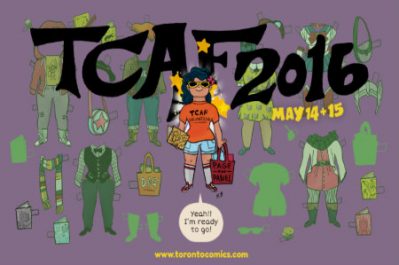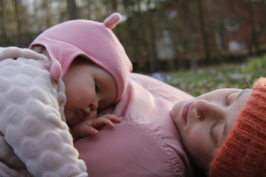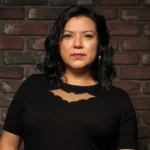In the latest from writer/director Hlynur Pálmason, a 19th century Danish priest is assigned the responsibility of the construction of a church in a far off corner of Iceland.
At the start of the Godland, the filmmaker sets up a note to explain in both Danish and Icelandic that the basis for this fictional account is a collection of seven wet plate photographs that remain as the only documentation of a religious man’s journey during this time.
Lucas (Elliott Crosset Hove) is the young Danish priest asked to take religion to the harsh environment of an isolated Icelandic community, part of the Danish Kingdom then. An older man, his superior, tells him he must build a church before winter sets in; he is told the terrain is brutal like ‘hell on Earth.’ The older man advises him to learn from his Icelandic guides who seem to have adapted to the climate and ground well enough.
As we see Lucas embark on this voyage, it is clear he is not experienced nor humble enough. In almst a naive way, he shows up with his photography as he decides the longer route will allow him time to capture the people and landscape. Lucas expects his interpreter (Hilmar Guðjónsson) and guide Ragnar (Ingvar Sigurðsson) to make this voyage as smooth as possible.
The journey is not without peril however. The weather turns and soon enough tragedy strikes. Lucas is left withou his interpreter. From this point onward, the proud Dane and ‘man of the cloth’, Lucas is confronted with something quite unforgiving and foreign. He also begins to distrust everyone who speaks Icelandic, especially Ragnar, who is well adpated for the journey ahead of them. Ragnar knows the ways of the country and is apparent the key person in this guide group.
Lucas comes to dislike Rangar and see him as his rival – he represents the ruggedness and unsophistication of the colonized, while Lucas sees himself as the better of the two as he represents the Danish Kingdom and God on the other side of the ocean. The relationship is contentious; Ragnar does not hold back his disdain for religion and for the colonizing Kingdom of Denmark. Yet he and Lucas know the success of this voyage depends on Ragnar getting Lucas across to his final destination.
After a very close call where Lucas almost loses his life, they arrive at the remote settlement where Lucas is to set up the new church. When he awakens, his guest, fellow Danish Carl (Jacob Hauberg Lohmann) informs him that Ragnar can be ‘blamed’ for bringing him back to life and to this final destination. Carl and his daughters Anna (Vic Carmen Sonne) and Ída (Ída Mekkín Hlynsdóttir) have been taking care of Lucas since he arrived almost half dead.
The sisters are the product of the same in-betweenness that drives the story, daughters to a Danish father and an Icelandic mother. Anna was born in Denmark and shares her desire to once live ‘back home’ with Lucas. Ída does not any other home but Iceland; she is truly at ease on that land. The two of them form their own bond with Lucas over time.
In this community, Ragnar now seems almost out of place but Carl and the others, continue to include him in the church building and other community happenings. There is a wedding celebration where we see the men wrestling as they would to have fun at the time. Ragnar takes part and Carl asks him to challenge Lucas to a match. This physical wrestling between the two reminds us how much the two are like two sides of a coin.
As Lucas awaits the final parts of the church be built, he continues to venture out into the fields trying to capture the vast nature and Icelandic landscape along with its people. When Ragnar asks Lucas to take his picture, Lucas insults him and flatly denies wanting to do anything for Ragnar. The tension comes to the forefront and a real confrontation ensues which comes to haunt Lucas later on.
Once the church is built, it is to be consecrated with a service led by Lucas. The service starts and Lucas is almost ill-equipped to lead the congregation. He stumbles on his words. Shortly thereafter, one of the dogs keeps barking, interruping the service. Lucas uses this as an excuse to exit the church only to be confronted by a sight that shocks him. What he sees, we do not know… what is evident is that it shook Lucas to the core. He steals one of Carl’s horses and tries to run away. Carl eventually pursues him and in a way, forces Lucas to confront himself and his actions.
Pálmason sets up the film into two parts, the traveling part being the first and then the arrival at the location where they build the church as the second part. The mood of each half shifts as do the various elements in several scenes embedded within the film. We see closeups of the nature and climate that surrounds Lucas’ voyage across seasons. We are placed near a volcanic eruption that echoes not only the tension of that permeates through the film. We also watch bodies of animals and humans decay over time reminding us about what divides us and what ties us together… life and death.
Pálmason chose locations that he revisited many times. Along with the crew, they had to travel on foot and carry their equipment on horses very much like Lucas, Ragnar and group did in the film. He also chose to film chronologically, allowing them to experience the journey along with his characters.
Along with cinematographer Maria von Hausswolf, Pálmason opted for the boxy 1.33.1 aspect ratio in Godland, which reminds us of the seven wet photographs that inspired this film. According to the filmmaker, the format of the film is also very close to Lucas’s photography, so it ended up being an obvious choice. The black frame created through this format also softens the image.
The film has a minimal score; we mostly experience the sounds of Iceland’s terrain and climate. There are moments where music is built into the story like when Ragnar sings on the road and Anna sings as she walks home. For the limited score, Pálmason and editor Julius Krebs Damsbo really liked some of the saxophone improvised work by Alex Zhang Hungtai. What we hear in the film blends quite well with the natural sounds, making it almost feel like we hear the sound of the wind and water quite close by.
All the elements that bring Pálmason’s Godland to life come together effortlessly. In Pálmason’s words, Godland is about a journey into love and faith and the fear of God, and the need and want to find our place in the world. It is essentially about humanity as it posit that we confront how we see each other and ultimately ourselves.

